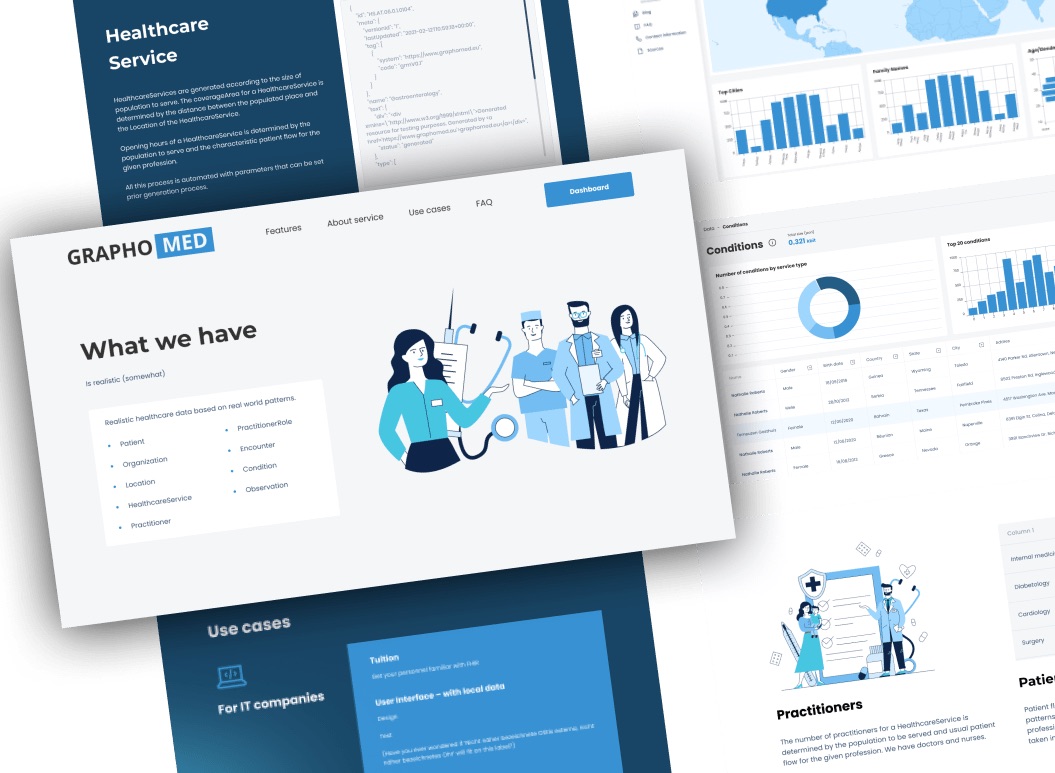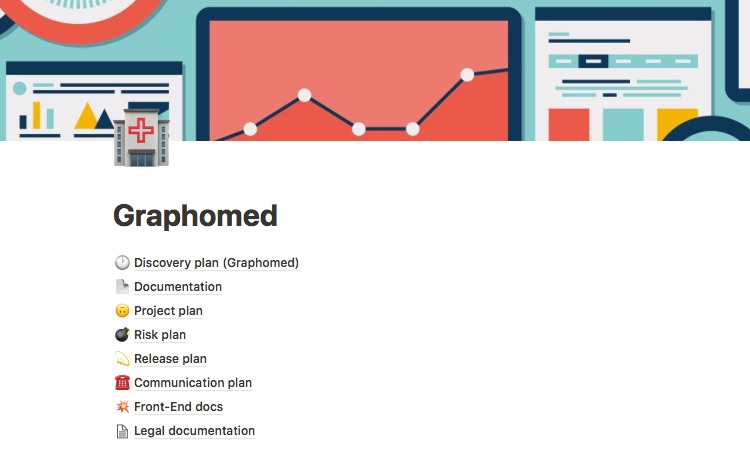What’s the most significant component that affects a project’s success most of all? Is it the project management methodology you implement? Or is it the experience of your developers? Or maybe it’s the effectiveness of the roadmap and tasks prioritization? While these factors are important, the number one component is the quality of your communication plan.
Every stage of a software project’s life cycle requires information exchange. Getting the team’s thoughts on the roadmap of a new project. Conveying a review. Providing updates for the client. Planning a sprint. Delivering a demo. All of the stages of creating software require proper communication.
- Who do you contact?
- When and how do you contact them?
- What information do you include?
- In what format?
A proper communication plan covers these things and leaves no questions unanswered.
We at Fulcrum Rocks believe in 100% transparency and effectiveness. And flawless communication is the basis for both. That’s why we create a communication layout for every project we work on.
It’s high time we share our expertise on the subject with you. Read on to find out what a communication plan is and how to write an effective one. We will also show you a real-life example we made for one of our projects. And we will give you a free communication plan template!

What’s a communication plan
Communication management is all about keeping everyone involved in developing a project clued in. So a project communication outline is a concept-oriented approach to delivering information. Simply put, it is a roadmap for effectively sharing information on every stage of a project’s life cycle.
The plan formally specifies what information will be shared. When it will be shared. With whom. By whom. In what format the information will be presented. And which channels will be used to present and deliver. Oftentimes it specifies who has the authority to pass on sensitive or confidential information. Finally, this outline defines how the information will be documented and archived when the project is finished.
How to write a sound communications plan
It goes without saying that every project requires a unique plan for communications. The specifics of the plan will depend on the type of the project and its scope. But there are general rules you should follow if you want your communication strategy to be efficient:
- set the goals;
- define your stakeholders;
- define the team;
- define the communication channels;
- define which information will be shared and in what form;
- come up with a schedule.
Set the goals
Set your communication goals before you start formulating the plan. And build your outline around those goals. This will help you achieve whatever you want to achieve much more efficiently.
Define your stakeholders
Write down every key person involved in the process. Who are you writing the plan for? What are their requirements? What information on the project will they expect to receive? When will they expect it? Note their emails, phone numbers, and other ways to reach them. Make sure this information is clearly visible for everyone who has access to your communications plan.
Define the team
Who on the project team will be responsible for which part of the project? Who will present the deliverables to the client? Who will lead the discussion of the sprints? Who will be responsible for the synchronization of all the team members? Who will present the results of your work to the client? List all the main team members and make sure to include their roles.
| Role | Name | Contact |
|---|---|---|
| CEO (also back-end) | Attila Freisleben | XXX@gmail.com |
| PM\Head of Delivery | Julia Sychkova | XXX@fulcrum.rocks |
| Architect | Michael Borozenets | XXX@fulcrum.rocks |
| PM | Dmytro Laponog | XXX@fulcrum.rocks |
| Front-end | Alexander Krivopust | XXX@fulcrum.rocks |
| QA | Vlada Poperelia | XXX@fulcrum.rocks |
| BA | Bohdan Talantsev | XXX@fulcrum.rocks |
| UI/UX designer | Angelina Lebedeva | XXX@fulcrum.rocks |
Define the communication channels
Which media will you use to deliver which part of the information? Will it be email, Skype, Zoom, Slack, or maybe even in-person meetings? Outline the various channels you will use to reach your stakeholders. Make sure to check if they prefer some specific channels.
- Zoom;
- Skype;
- Emails;
- Slack;
- Google meets;
- Jira;
- PandaDoc;
- Gantt Chart.
Define which information will be shared and in what form
Will you have weekly progress reports for your stakeholders? How will you present that information? In which form? Think about what exact information the report will include. Do this for each phase of the project.
Come up with a schedule
No project ever goes through all the phases exactly on time. Unpredictable things do happen. So your timeline should be flexible. But having a rough schedule in your communication outline is very helpful. Define how often you will meet with each of your stakeholders. Make sure to include both internal and external meetings.
Communication layout for the Graphomed project
Graphomed is essentially a healthcare database. It amasses a lot of useful information for healthcare professionals. Including medical stats, research, institutions, and more. The platform generates charts and dashboards to provide the information in an efficient and coherent way. Graphomed is available in 6 European countries.

We ran this project through every phase of the development cycle, so the communication layout for it is quite long.

We followed the steps described above and adjusted them to fit our project goals. As a result, our plan includes the type of the planned meeting, whether it’s internal or external, owner and attendees. The deliverables, channels, and frequency of the meetings are included too. With an outline like this everyone involved knows exactly what information to expect. Who will be responsible for delivering it. To whom. And when.
Communication plan sample for Graphomed
| Type of event | Attendies | Deliverables | Channel |
|---|---|---|---|
| Kick-off meeting internal | Project Manager, Business Analyst | - | Google Meet |
| Kick-off meeting with team | All project team | - | Google Meet |
| Kick-off meeting | Project Manager, Business Analyst, Project Stakeholders | - Introduction the management team (BA/PM). Define the roadmap for project | Google Meet |
| Regular sync | All project team / Project Stakeholders (optional) | - Synchronization between team members
- Define blockers | Google Meet / Personally |
| Sync before sprint planning | BA / Stakeholders | - Approved scope of the work for following sprint | Google Meet |
| Demo | All project team / Project Stakeholders | - Present results per week - Inform about risks/blockers - Receive initial feedback - Share plan for following week | Google Meet |
| Results / Plans report | Project manager | - Align and fix the intermediate results | Slack |
| Tasks progress updates | PM / Project Stakeholders | - Updated roadmap for project | Gantt Chart |
| Sprint plannings | All project team | - Defined and communicated scope for sprint | Jira |
| Retrospective | All project team | - Define the main sprint's problems | Google Meet / Personally |
| Retrospective report | Project stakeholders | - Action plan how to increase the productivity
- Main things which were done well or bad | Slack |
Free communication plan template from Fulcrum Rocks
Of course, every project is different. So every communication scheme is different, too. But a template might give you a solid basis to build your strategy around. So we decided to share a template with you. Completely free of charge. The template includes the same columns as the example above. And it has examples of the roles, stakeholders, deliverables, channels, and schedule. The template is very easy to adjust to your project’s needs. Enjoy!
Get communication plan template PDF


